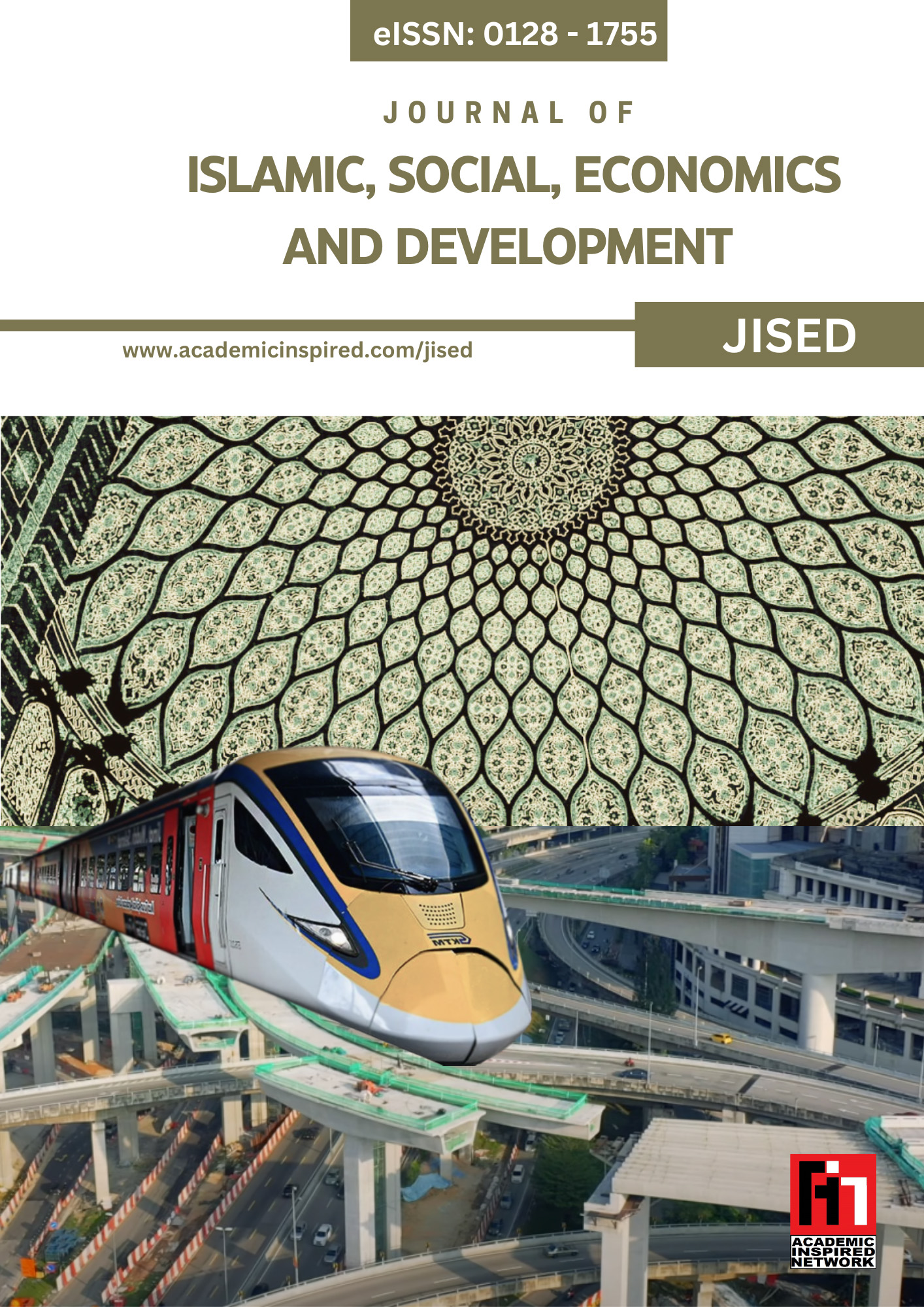The underlying role of waqf land in strengthening disaster preparedness in Malaysia
Keywords:
Waqf Land, Waqf Development, Risk Management, Disaster Risk Reduction, Urban Planning, Urban DevelopmentAbstract
Malaysia is increasingly challenged by climate-related disasters, from recurring floods to landslides and growing urban vulnerabilities. National efforts in disaster preparedness continue to expand, yet the strategic use of waqf land, an Islamic endowment asset with deep social roots remains underutilized within disaster risk reduction (DRR) planning. This paper explores this issue through a Systematic Literature Review (SLR) of 137 publications retrieved from Scopus, Web of Science, Google Scholar, and MyJurnal using keywords such as waqf, Islamic endowment, disaster risk reduction, resilience, and climate adaptation. Thematic analysis was employed to synthesize insights across governance, financing, land use, and resilience dimensions. The review identifies four key challenges shaping the role of waqf land in resilience building: governance fragmentation that creates administrative inefficiencies; underutilization of idle waqf land despite pressing national needs; financial constraints linked to over-reliance on state allocations and donations; and socio-economic opportunities where waqf land can be repurposed for community resilience and climate adaptation. Five interlinked strategic directions are highlighted: (i) navigating policy and governance, (ii) optimizing land use, (iii) reinforcing socioeconomic resilience, (iv) advancing innovative financial mechanisms, and (v) aligning with DRR and climate adaptation (NORAD).The contribution of this paper is firstly to provides policymakers, State Islamic Religious Councils (MAIN), JAWHAR, and NADMA and it offers scholars and practitioners new insights into the integration of Islamic social finance with resilience planning. By reframing waqf land as a living instrument of resilience, this paper positions it as both a policy lever and a culturally grounded pathway to strengthen Malaysia’s disaster management ecosystem.













